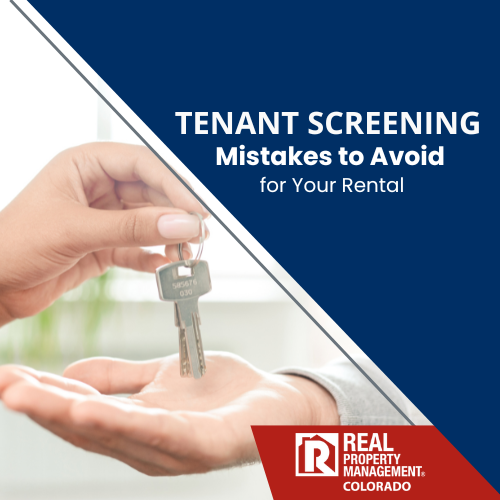Allowing pets in your rental property provides a great opportunity for landlords. Not only does it widen the pool of potential tenants, but it also increases the likelihood of lease renewals and long-term residents. But agreeing to allow pets in your rental property is only the first step. Now, you have to make sure your pet policy for your Longmont rental is rock solid. Here are a few tips to help you do so!
How To Create Your Pet Policy

Fido, Felix, and Much More
The first step in narrowing down your pet policy sounds simple enough. You have to decide what type of pets to allow. But that’s where the challenge begins. Dogs? Cats? Rabbits? Snakes? How about sizes? Number of pets? Will you allow a gentle giant or just small dogs? Puppies and kittens, too, or only pets above a certain age? What about dogs on the aggressive breeds list?
When it comes to narrowing down your pet policy, the first judge should be your property itself, not just size or age. Small pets can wreak just as much havoc on a home as larger ones, while older pets can cause just as much damage as their younger counterparts. Ask yourself, “is my rental property type suitable for this type of pet?” If the answer is “yes” then you have the foundation of your pet policy! Just be sure to check local regulations as well as county and community rules on the type and number of pets allowed
Deposits and Fees
Damage happens in a rental. It’s inevitable. Even the best pet can have an accident on the carpet or scratch up the floors. For that reason, it’s important to cover your bases. Collecting a pet deposit or fee helps mitigate any potential damage pets may cause. The amount is up to you, but typically standard fees and deposits start around $250 per pet. Many landlords choose to collect a monthly pet rent, too. Again, the amount is up to you but most landlords charge around $25/pet/month.
![]()
Understanding Liability
Another important aspect to consider for your pet policy is the liability involved with allowing pets in general and with allowing certain types of pets. Though the pet belongs to your resident, landlords do potentially possess some liability if an injury occurs. Many insurance providers also include clauses that prohibit certain breeds, such as those on the aggressive breeds list like German Shepherds, Pitbulls, etc. Be sure to check your landlord’s insurance policy before setting your pet policy to understand what is and isn’t covered.
Don’t Forget About Service Animals
One of the biggest areas landlords get into trouble is forgetting that your pet policy does not apply to service animals or emotional support animals (ESAs), otherwise known as assistance animals. This is because assistance animals do not count as pets, but are considered part of the person themselves. This doesn’t necessarily mean that your resident can’t be held liable for any damage caused by their assistance animal. It just means that you can’t refuse them based on your pet policy or collect any deposits, fees, or additional rent for them like you can for pets. Doing so could result in a lot of legal trouble, so make sure to understand the difference.
Allowing pets in your rental property gives landlords a huge advantage. It widens the array of potential residents, can provide additional income, and can lead to amazing, long-term residents who stay longer. Just be sure to create the right pet policy for you and your Longmont rental.





